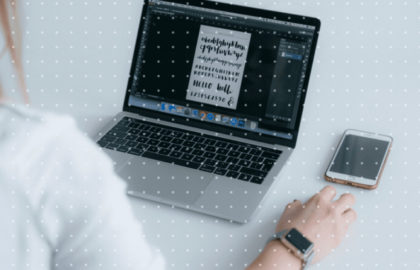Product Design

Tech Trends
Solving Common Design Problems With UI Design Patterns
When designers discover a usability problem within a product’s interface, they’ll rarely spend time inventing a brand new solution. Most usability issues can be solved by implementing UI design patterns, which are familiar and tested solutions to common usability problems in user interfaces.

Tech Trends
User Personas in UX Design: When Are They Useful?
Some designers view personas as a key tool for inspiring empathy for your users, while others argue that they’re overrated and unnecessary. What are some common problems with user personas, and how can designers ensure they’ve created one that’s useful?

Tech Trends
What Do Designers Use Figma For?
Figma is by far the most popular software in the design industry today. But how does Figma fit into the workflow of a professional product designer?

Tech Trends
What Do Product Designers and UX Designers Do?
Both product designers and UX designers are in high demand, and both share responsibility for a successful journey when customers navigate a digital product. Is there a difference between the roles?

Career Advice
Do I need to be an artist or a coder to study UX / UI Product Design?
The short answer is, NO! You do not need to be an artist or a coder to study UX, UI, or Product Design.

How To
What Is Design Thinking In UX / UI Design?
If you’re thinking about becoming a UX/UI product designer, you should be familiar with the design thinking approach. Read this article to learn everything you need to know about design thinking.

Career Advice
Best Practices for Online Learning (And How Our Educational Coaches Help You Succeed)
Online learning can sometimes feel intimidating — especially at first. It’s a different experience, and there’s a lot at stake as you work toward starting…
Browse by Category
- All Categories
- Admissions
- Alumni Stories
- Announcements
- Artificial Intelligence
- Career Advice
- Cybersecurity Engineering
- Data Science
- Denver Campus
- Diversity In Tech
- Enterprise
- Flatiron School
- How To
- NYC Campus
- Online Campus
- Partnerships
- Software Engineering
- Staff / Coach Features
- Tech Trends
- UX / UI Product Design
- Women In Tech
